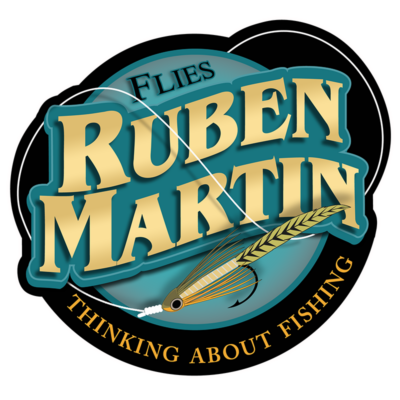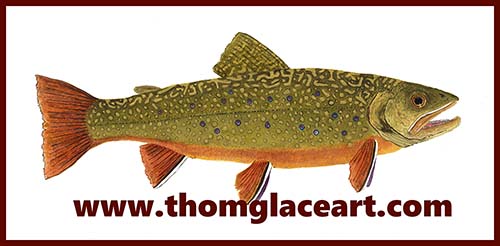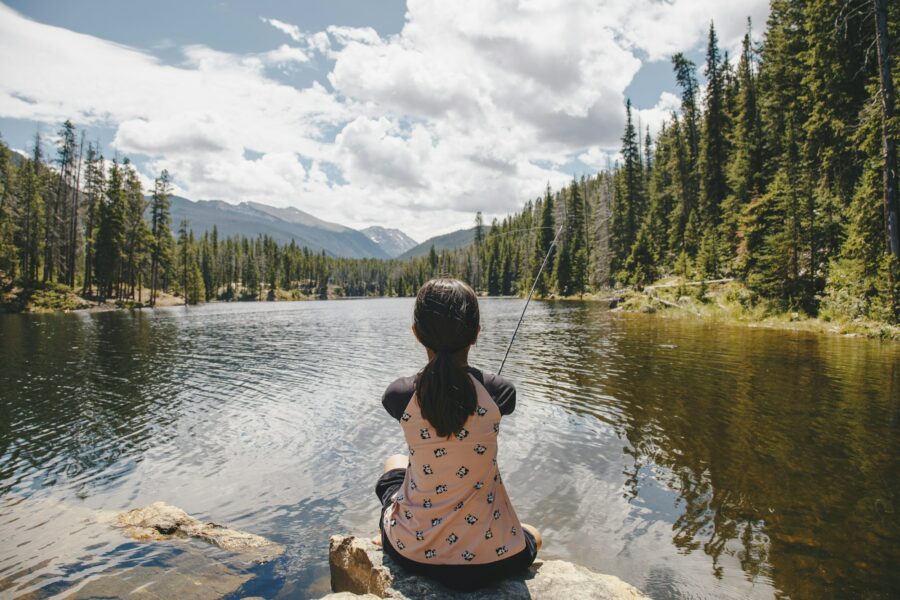
A lake trip to Montana.
Adding my great niece to the rolls
By Henry Clement
My great-niece has been interested in fly fishing and, more recently, fly tying. A spare vise and essential tools further interested her in all things ‘feathers.’ She asked for help.
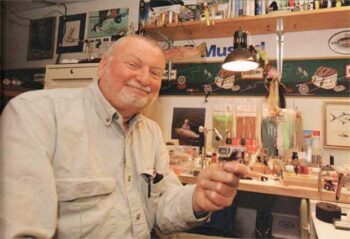
Russell Blessing holding a Wooly Bugger. Photo by Fly Rod + Reel.
Try the Woolly Bugger
Blessing’s late 1960s invention that his daughter named Woolly Bugger (WB) would be a perfect starter fly. Although it’s the most deadly fly in the world, it’s simple and easy to tie, but it has several tying maneuvers or procedures that carry over to being required on many different flies.
The best way for my niece to learn would be online because she lives an hour and a half away, too far for regular trips for her (17 years old) or me (85 years old). Each has to drive on the truck-dominant, ever-changing number of lanes that often choke traffic to parking lot speeds. If you try driving through Atlanta, you’ll remember I-75 forever. That is, of course, if you survive.
The task was to find the best video
There are possibly more videos on how to tie the most fish-catching fly ever invented, Woolly Bugger, than any other ‘must have’ fly. There are so many great tying instructors – see the post.
I watched about a dozen how-to tie the WB videos, and some, oddly, missed the mark by a good bit. Three stood out, and a fourth was, hands down and evident to most veteran tyers, the best video on how to tie the original Wooly Bugger.

He does know what he’s talking about—Kelly Galloup’s photo. Click here to visit Galloup’s website.
Kelly Galloup can’t help himself
Galloup is a natural-born educator, and he enjoys the role. Without seemingly trying, he knows what is the most relevant information about tying the fly he is demonstrating. For example, the WB uses thread, marabou, hackle, chenille, Flashabou, and a hook. Kelly takes the time to explain options for materials; it welds the subject parts together. The tyer understands the component options—avoiding the mistake of getting flummoxed by nomenclature and advertising gibberish.
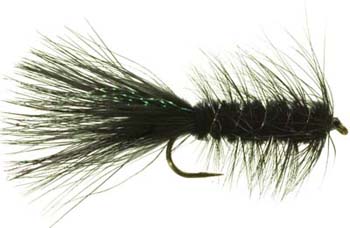
Russell Blessing’s Woolly Bugger.
Recognizing where mistakes originate
Kelly Galloup’s tying instructions not only do not leave anything out, but they warn the tyer of common mistakes and how to avoid them. He especially prepares the listener/viewer to avoid proportion issues – probably one of the tyers’ most notable mistakes. In so warning, he shows how to make measurements that segway into avoiding cramping the head. For example, the instruction to avoid cramping the hook eye starts with the originating thread base. Galloup says that the head of the WB is a vital feature – explaining how to easily avoid that most common mistake – not leaving enough room behind the eye to make a proper head.
NOTE: Neither my great niece nor I live near a fly shop. Had she been able to access one, it would have been my first recommendation for advancing her tying. Fly shops always have tying classes.
The video


